Fellow scooters nuts and old friends Fleur and Mark were visiting Canberra. Mark, being at a loose end while Fleur worked, came around to lend a hand, which led to a productive day.
First up, checking the studs fitted yesterday. Sticky's manual recommends a minimum thread depth of 20mm and they all were over - result! Note, the longer and different coloured stud, which is fitted where the exhaust tail-pipe clamp gets bolted.
I wasn't 100% happy with the condition of the splines on the Indian layshaft when I stripped the motor. It would probably be fine, but with fitting a 5-speed box, new hub and tuned motor, I'd decided to order a new one from Steve Diffey. He supplied a FA Italia one, which are excellent apparently. The sliding dog from the five speed was then fitted to this. This involves juggling springs and balls, and bionic fingers. Needless to say we didn't only do it once!
Moving on and it was time to replace the 6004 bearing and layshaft bearing track in the endplate. The old 6004 bearing was whacked out. I'd bought the proper drift for fitting the new one, in anticipation of this job, and fitting was quick and simple. Money well spent...
Next, change the layshaft bearing track. The 6004 drift worked great for this job as well.
The AF instructions suggest fitting the layshaft bearing and end-plate at this point, to see that the layshaft still spins freely. So I do this and it does, which is nice.
Like that last run on the snowboard, that last round of schnapps, that last fandango, just don't do it!
YOU ALWAYS FUCK UP THAT ONE LAST LITTLE THING...
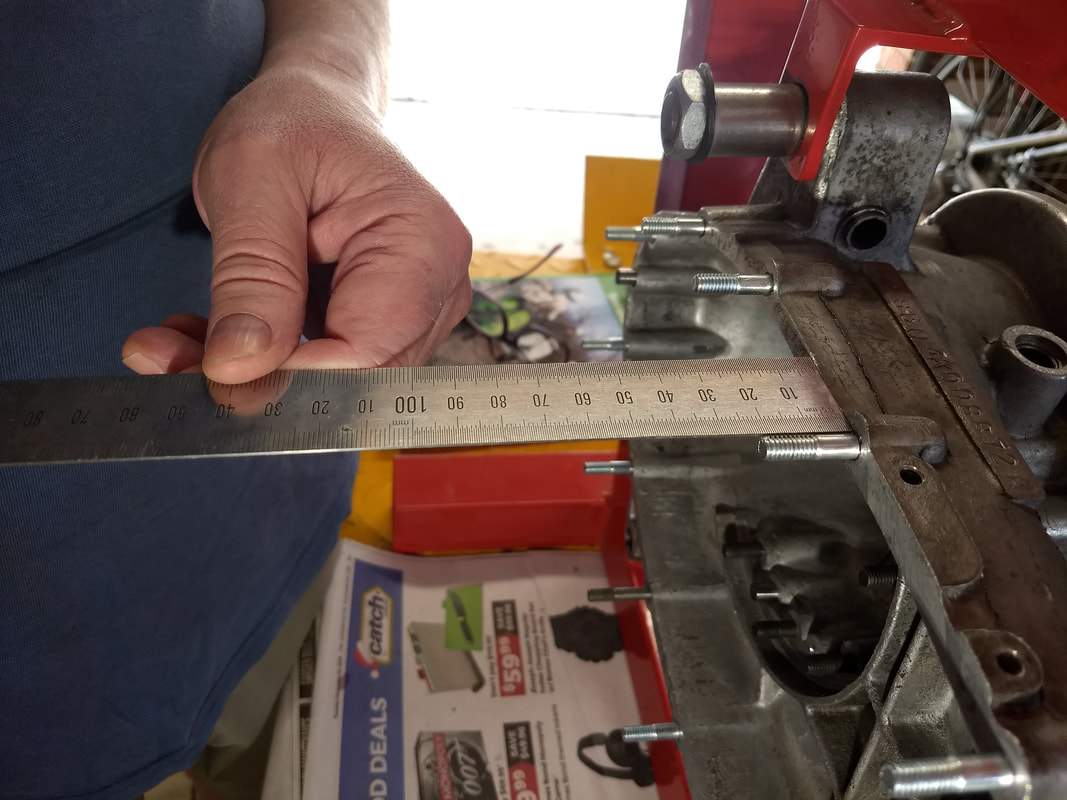
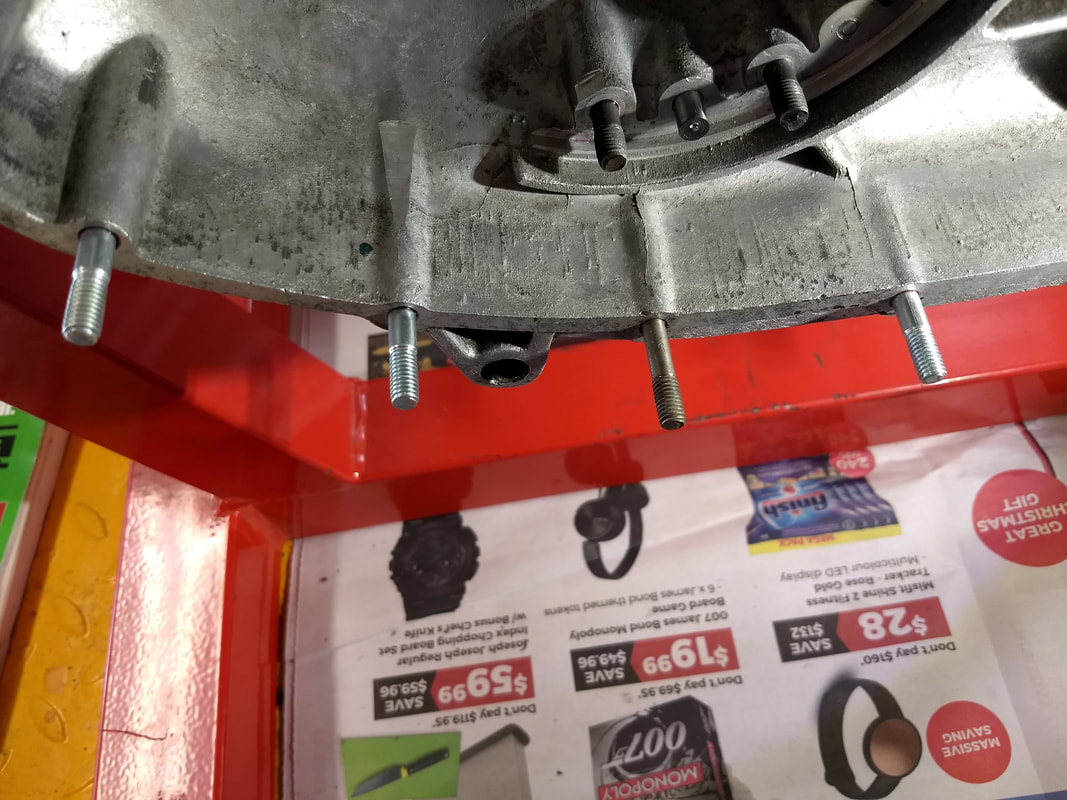

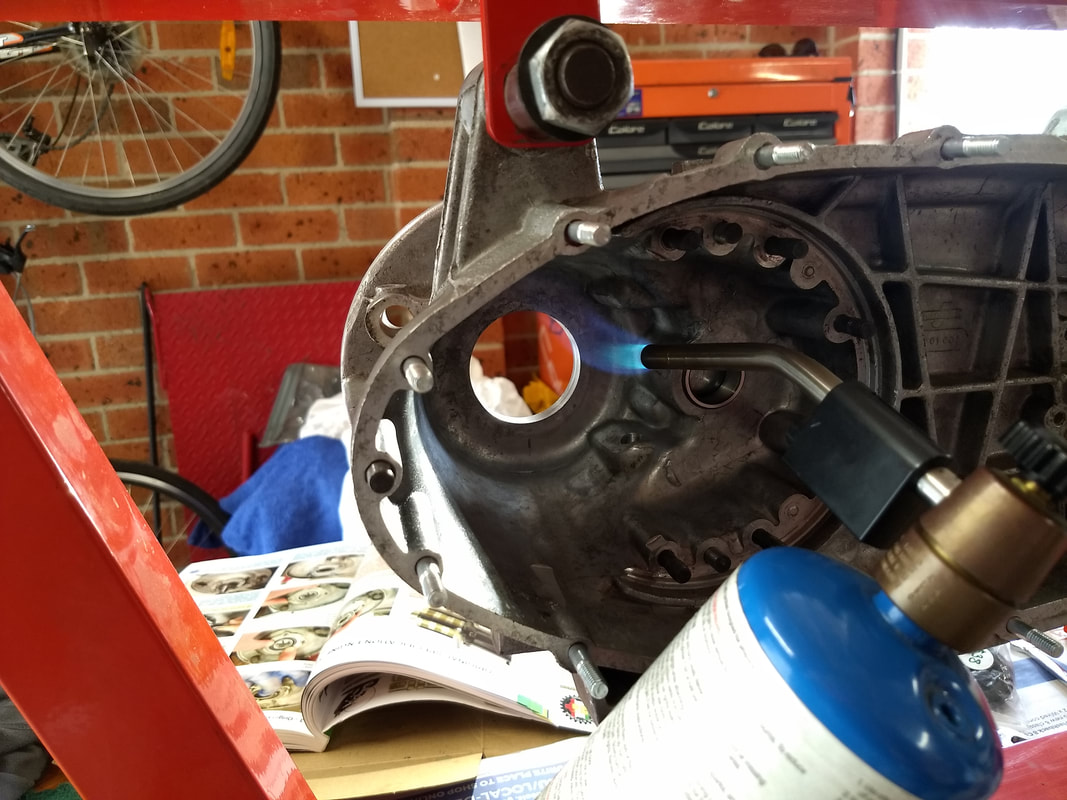
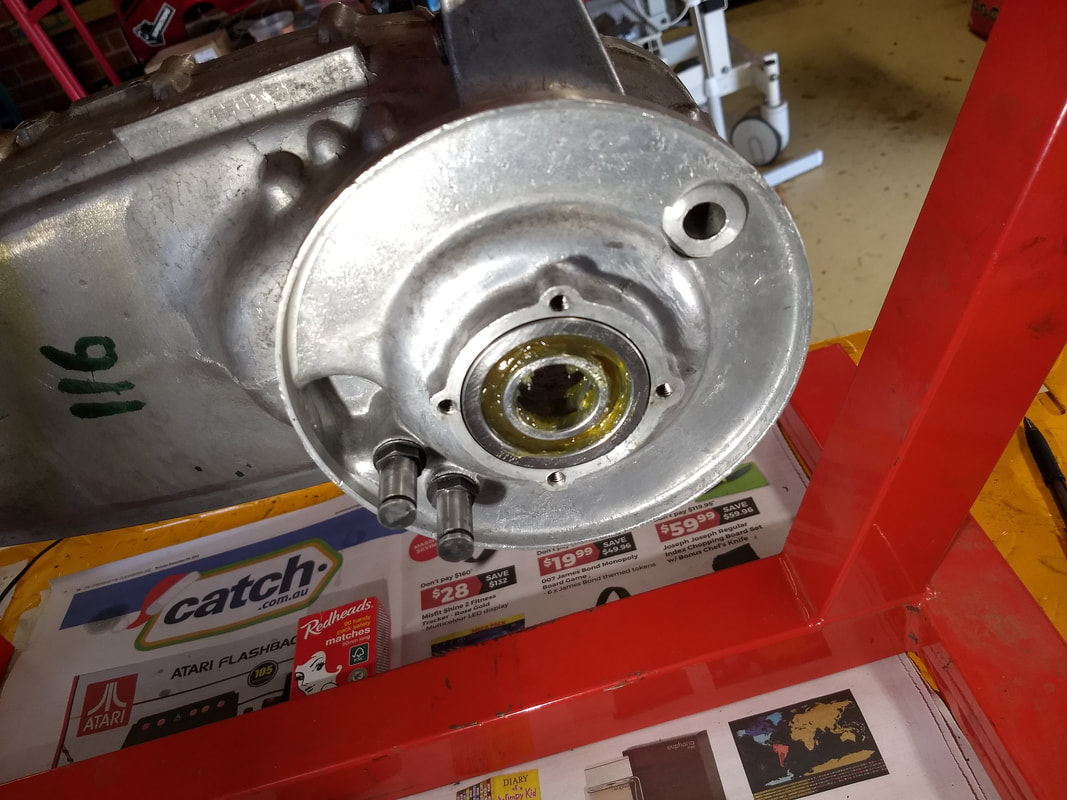
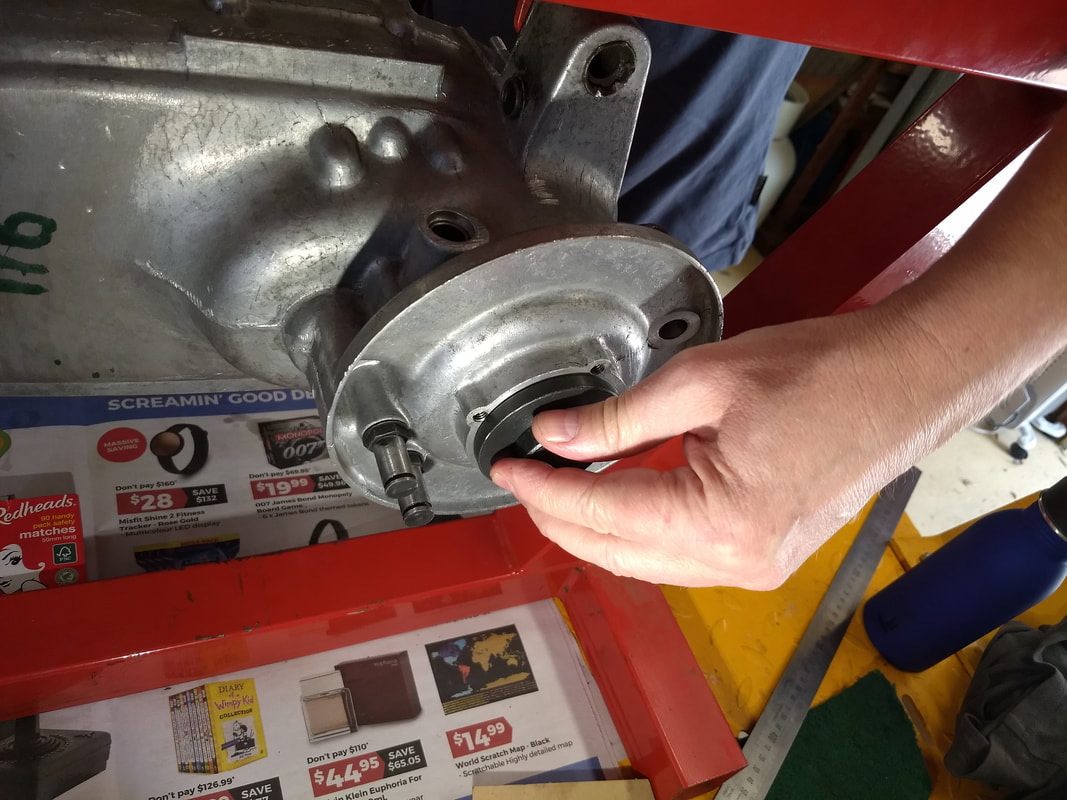
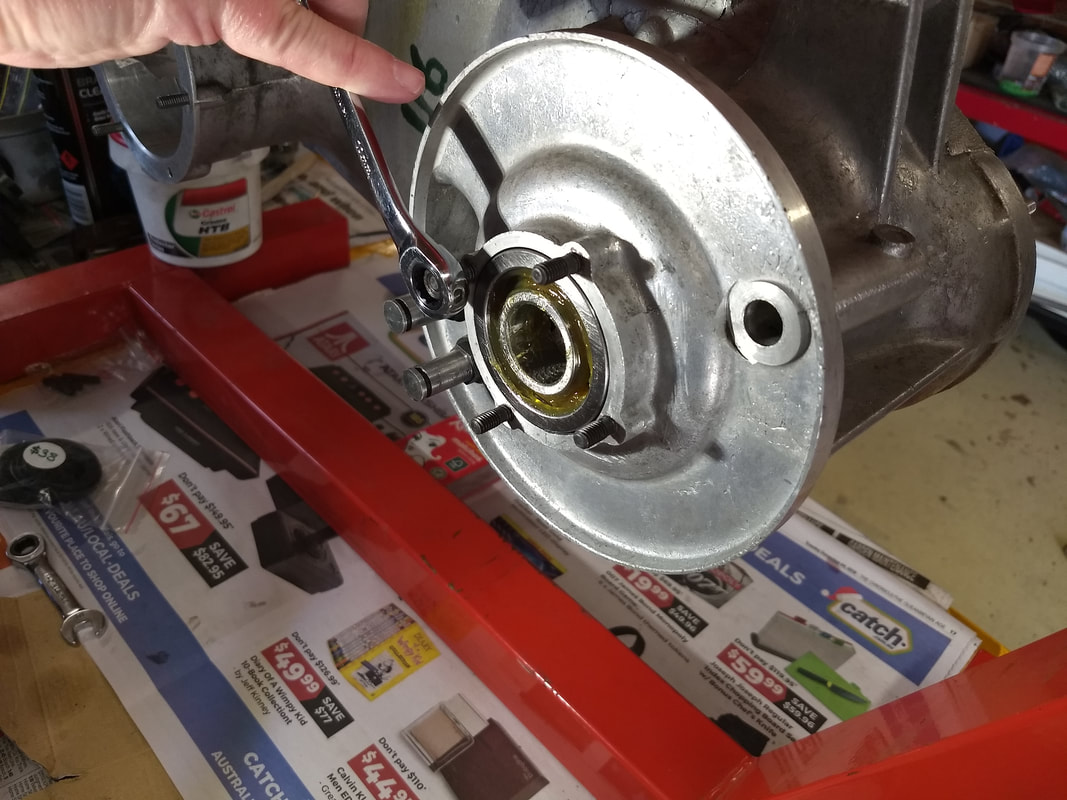
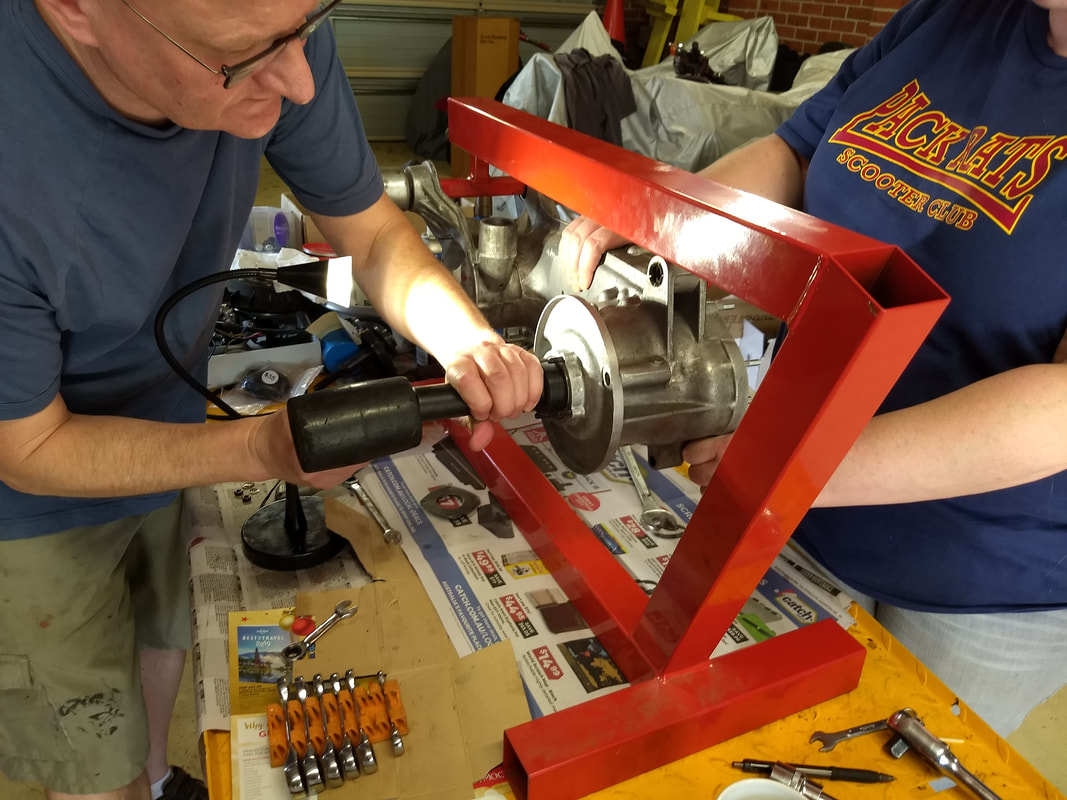
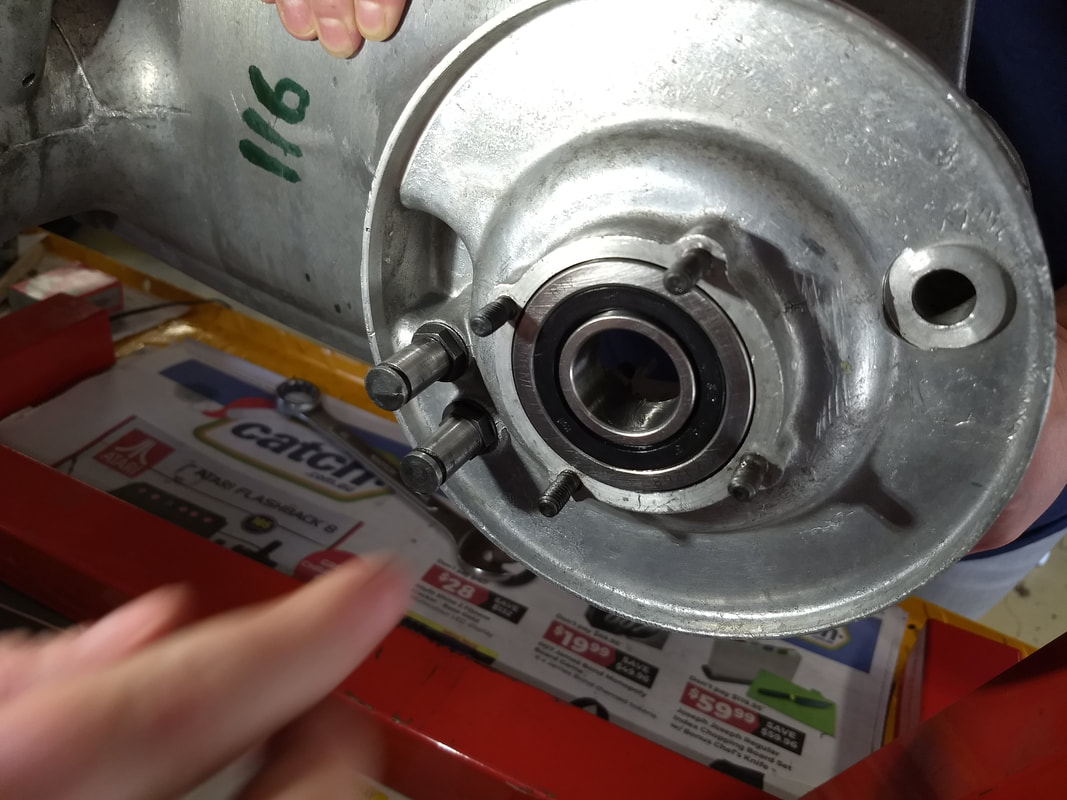
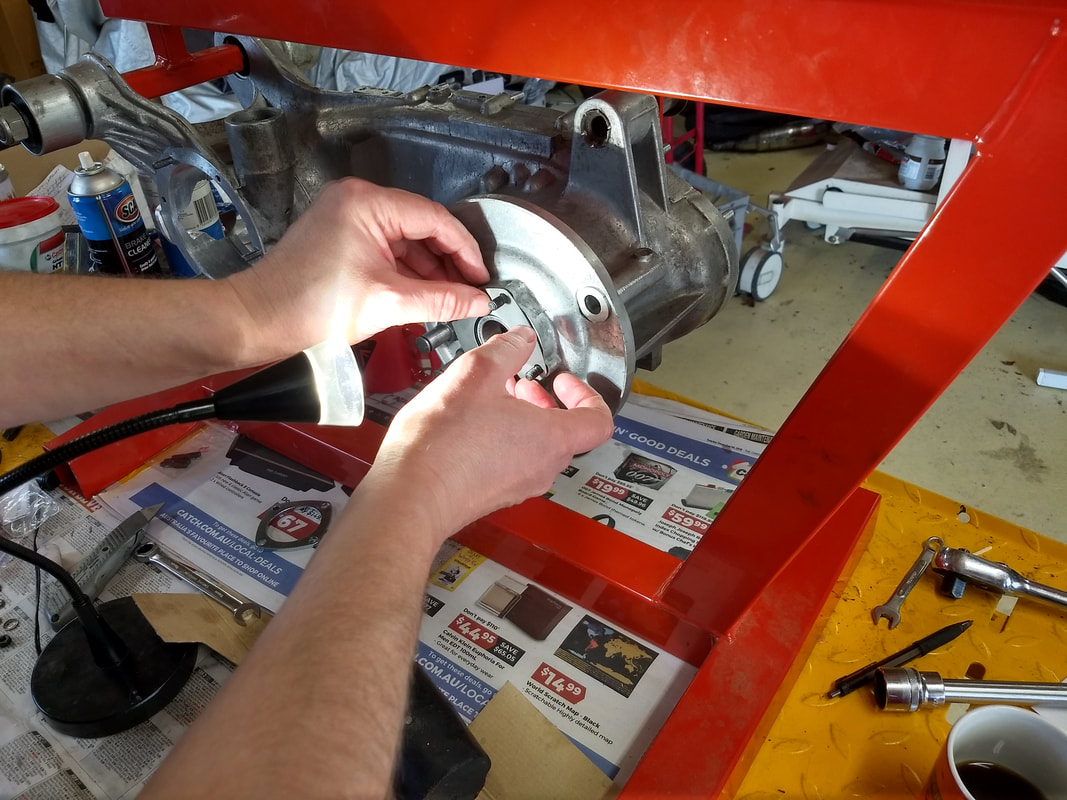
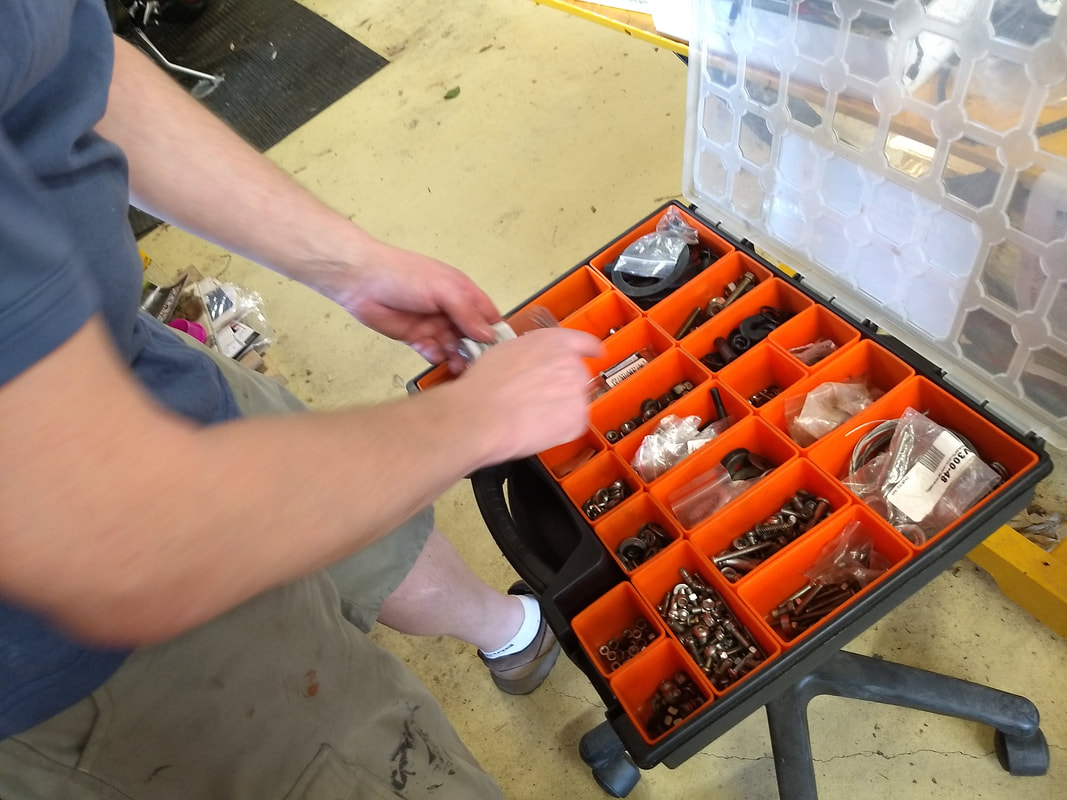
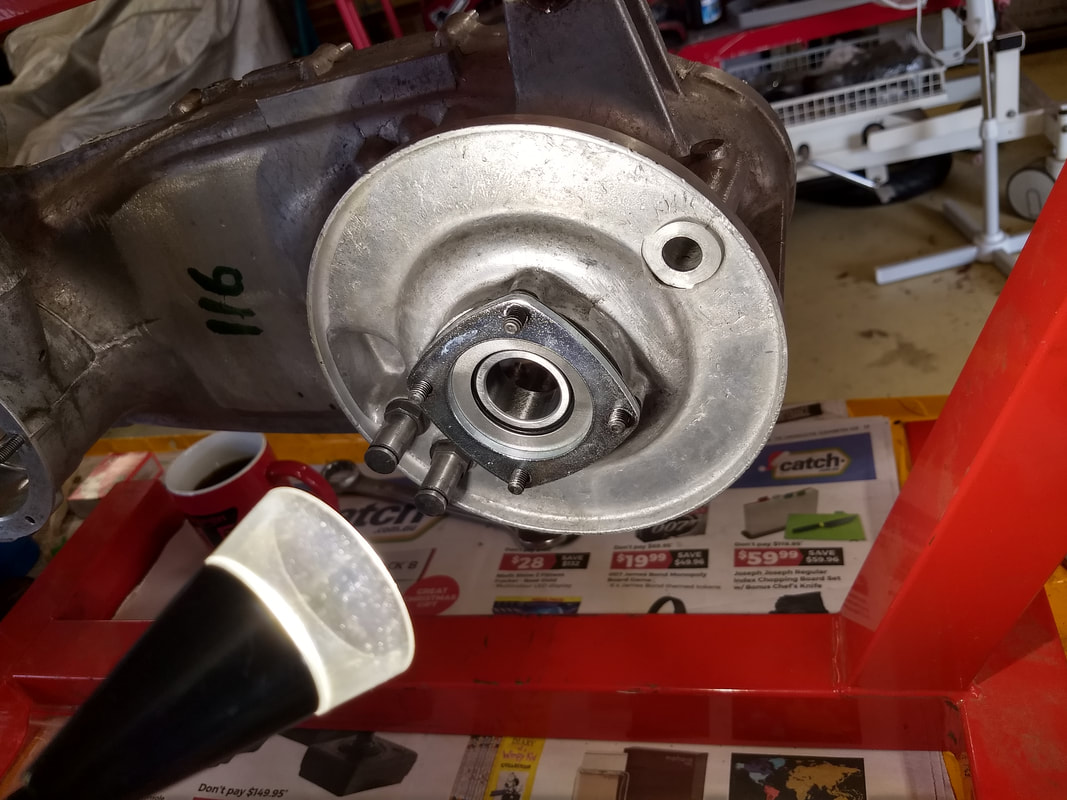
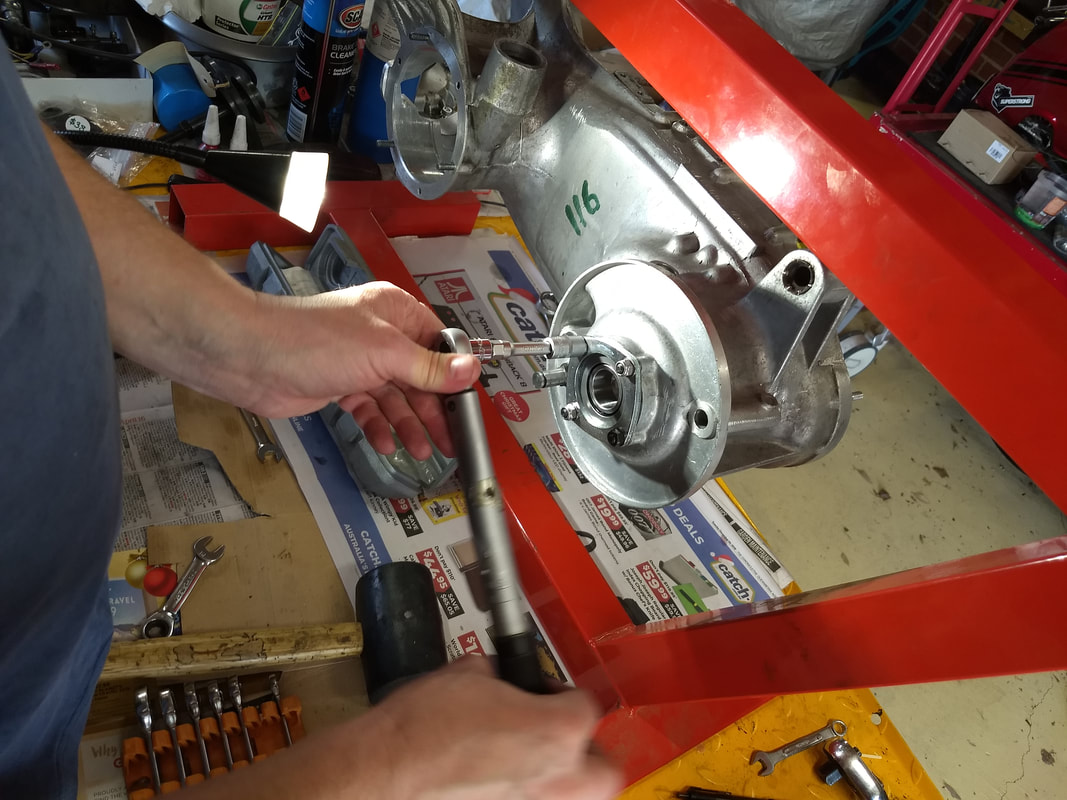
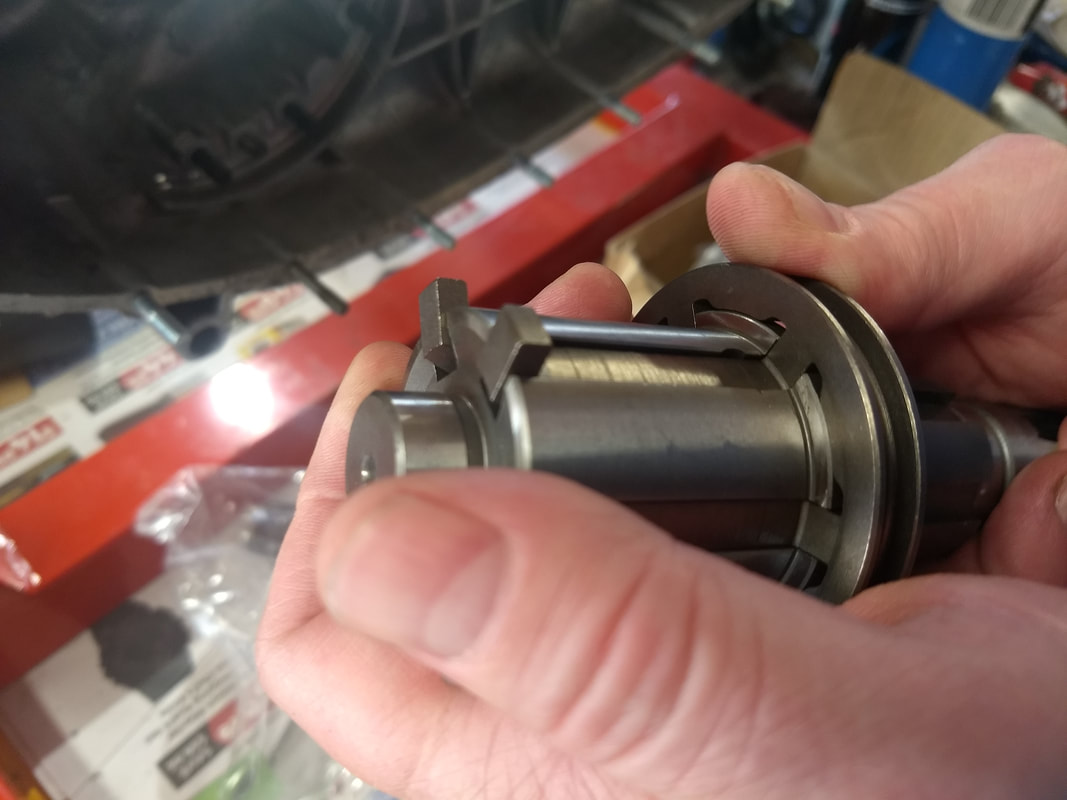
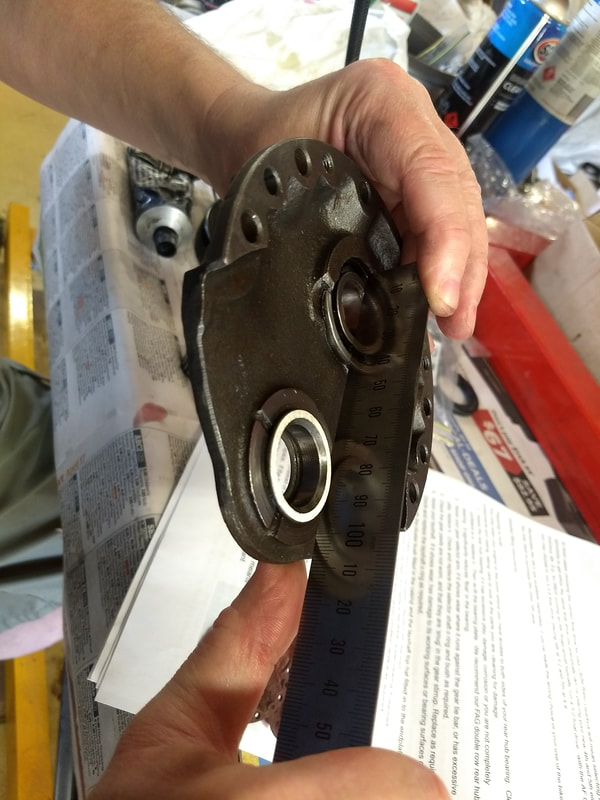
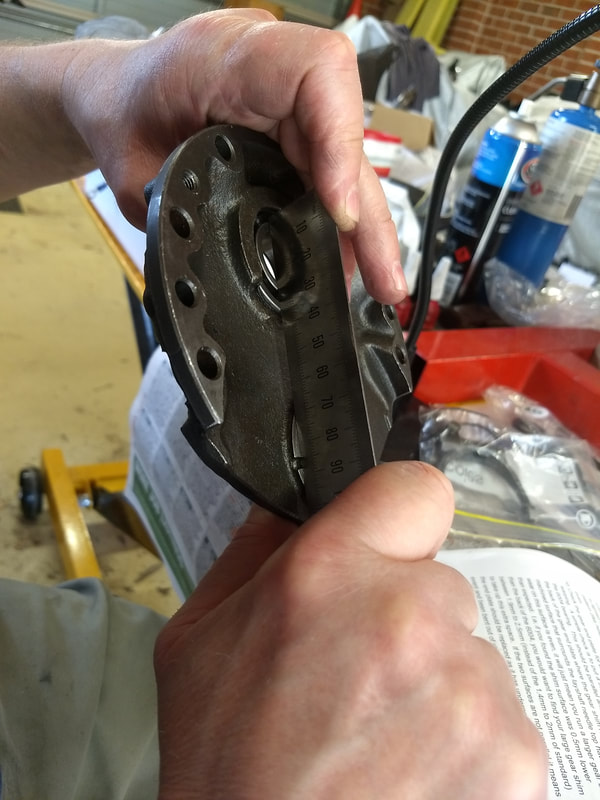
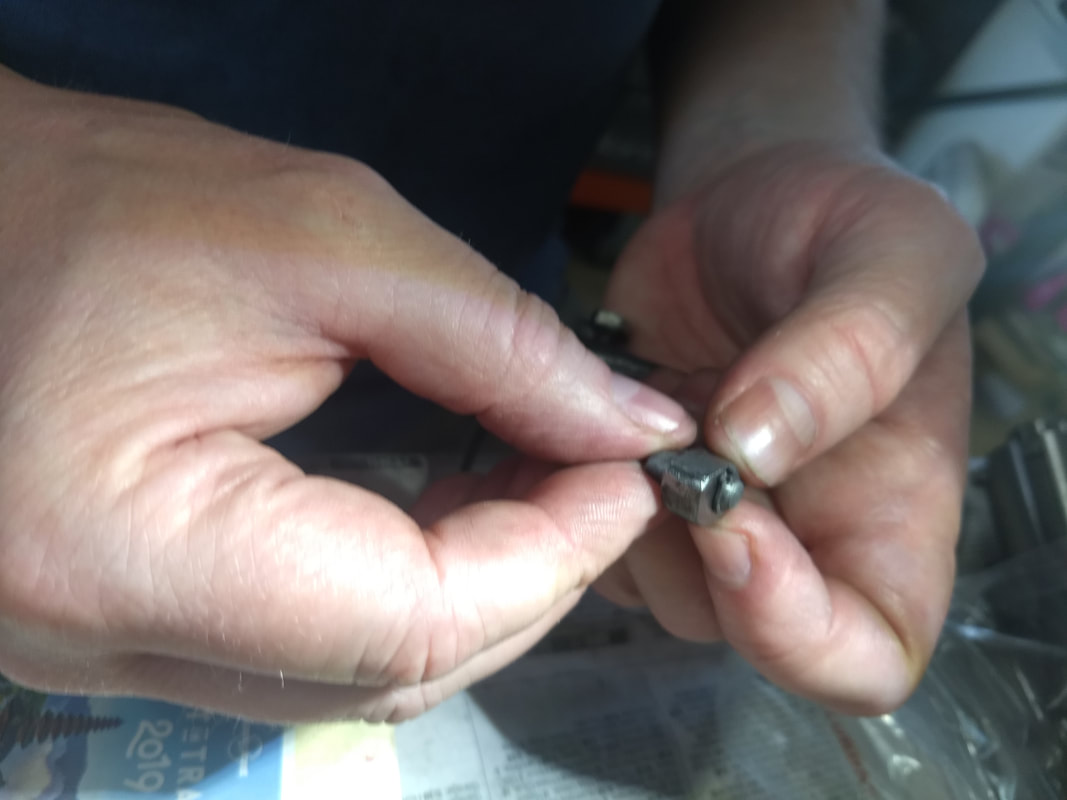
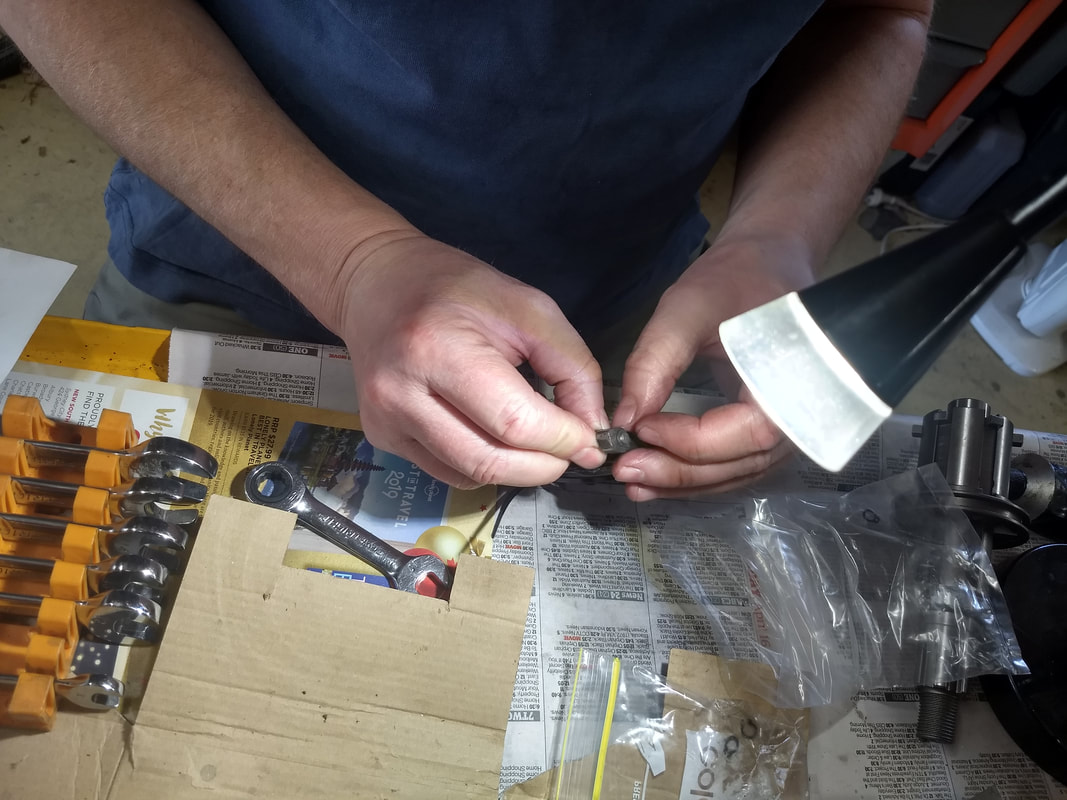
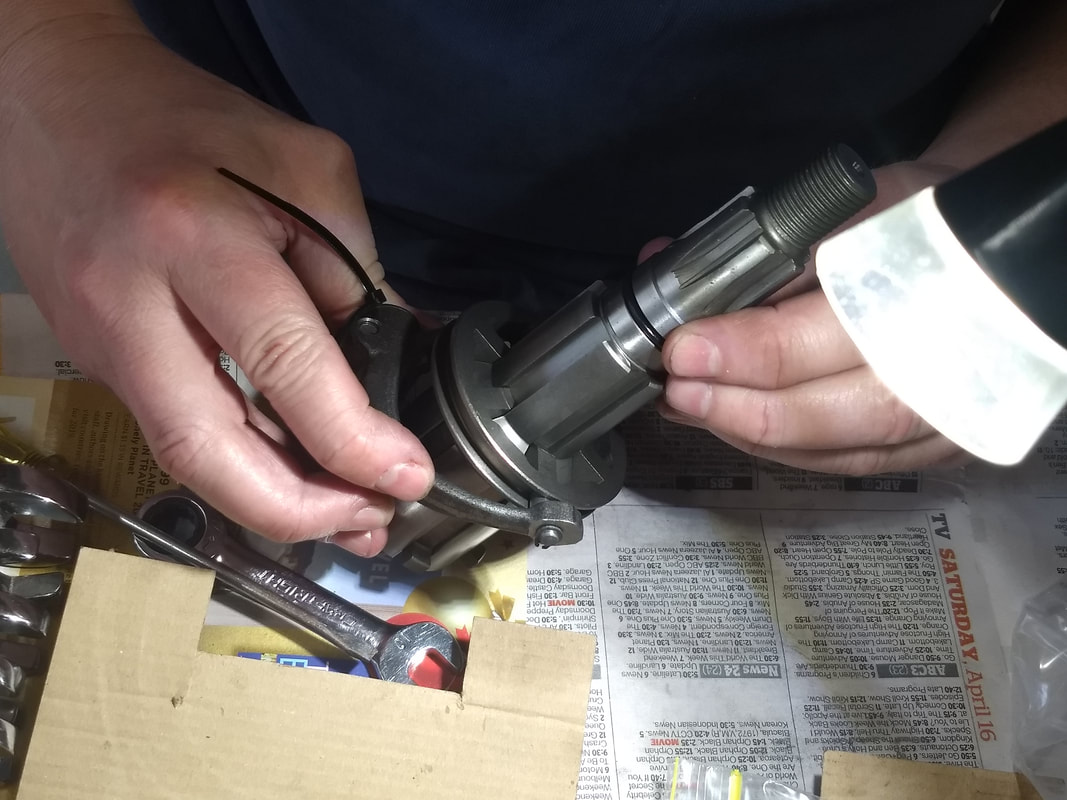
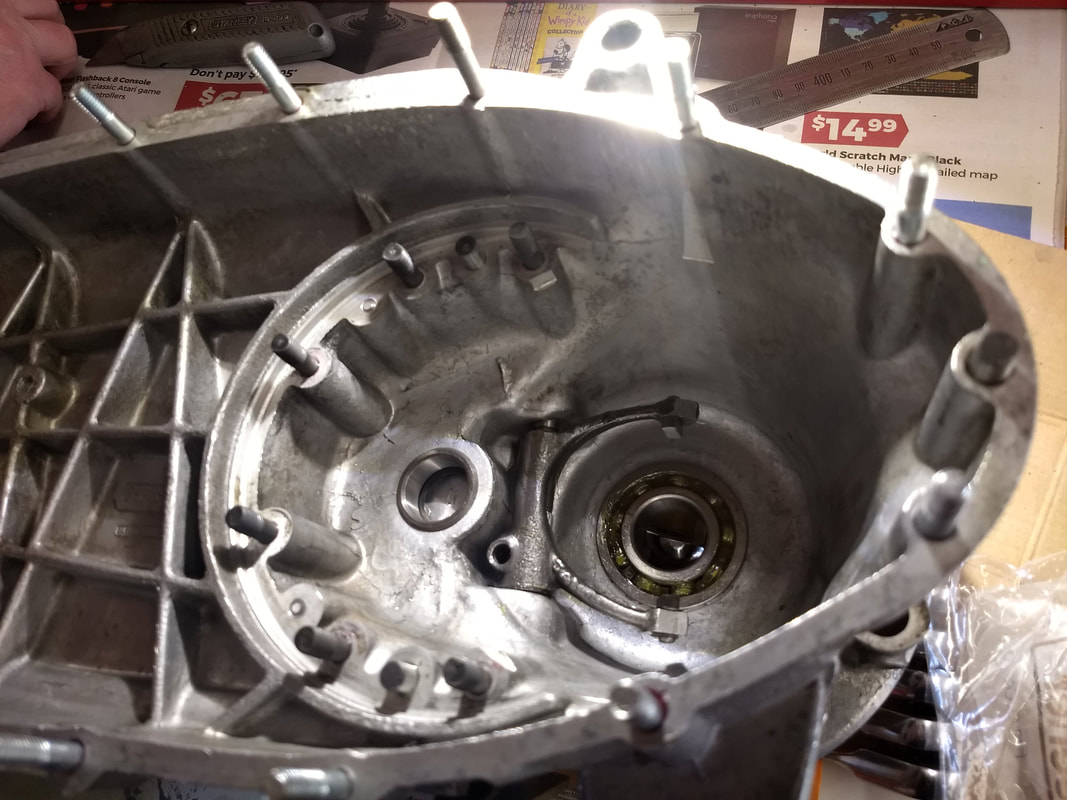
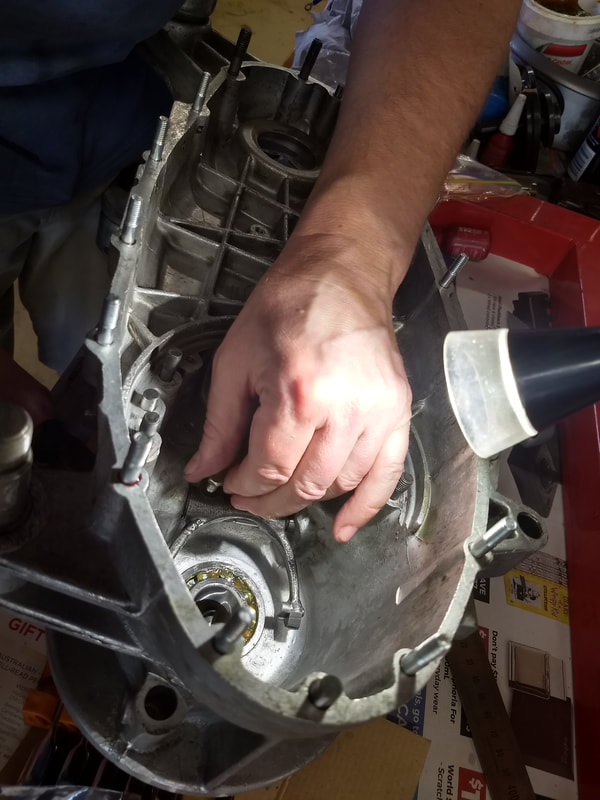
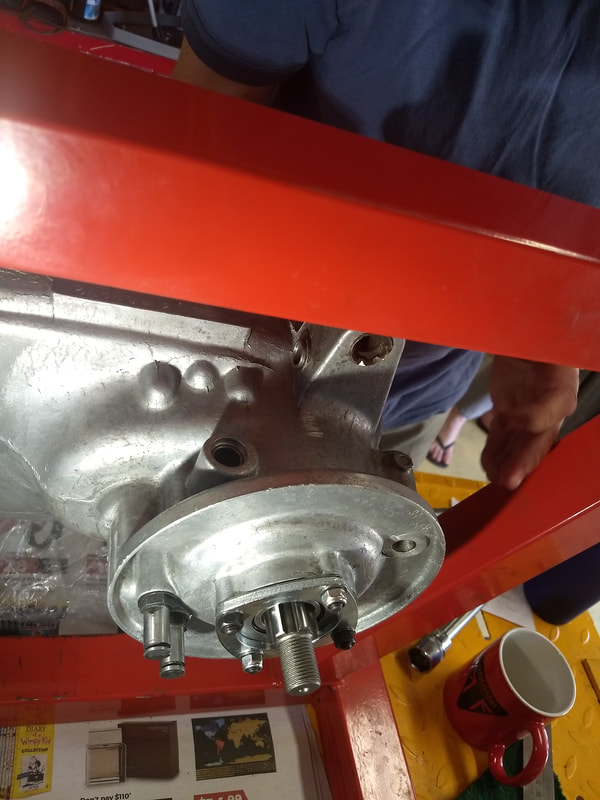
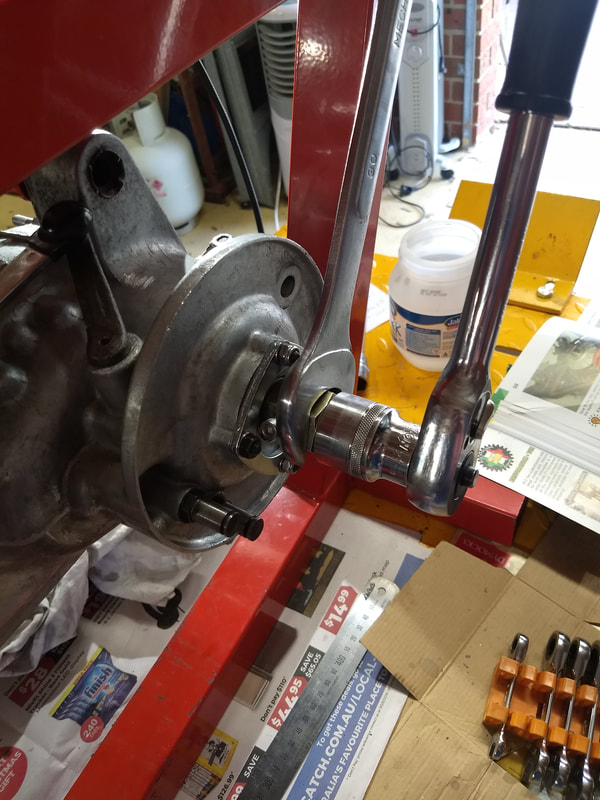
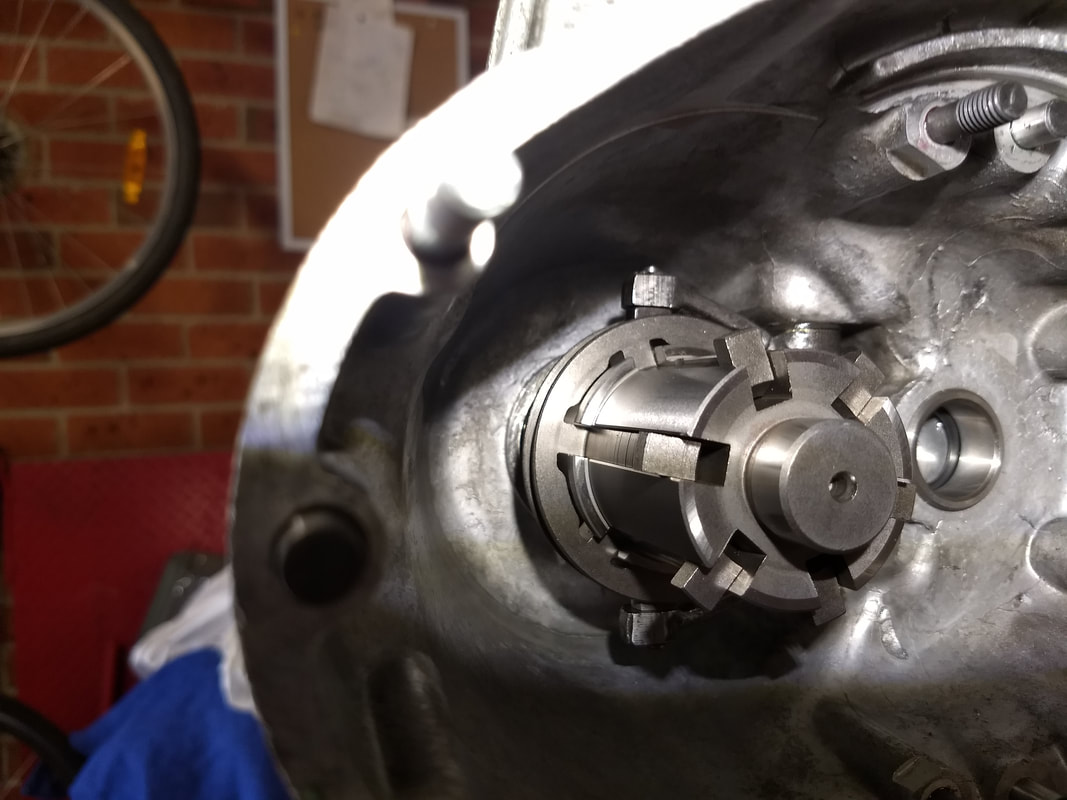
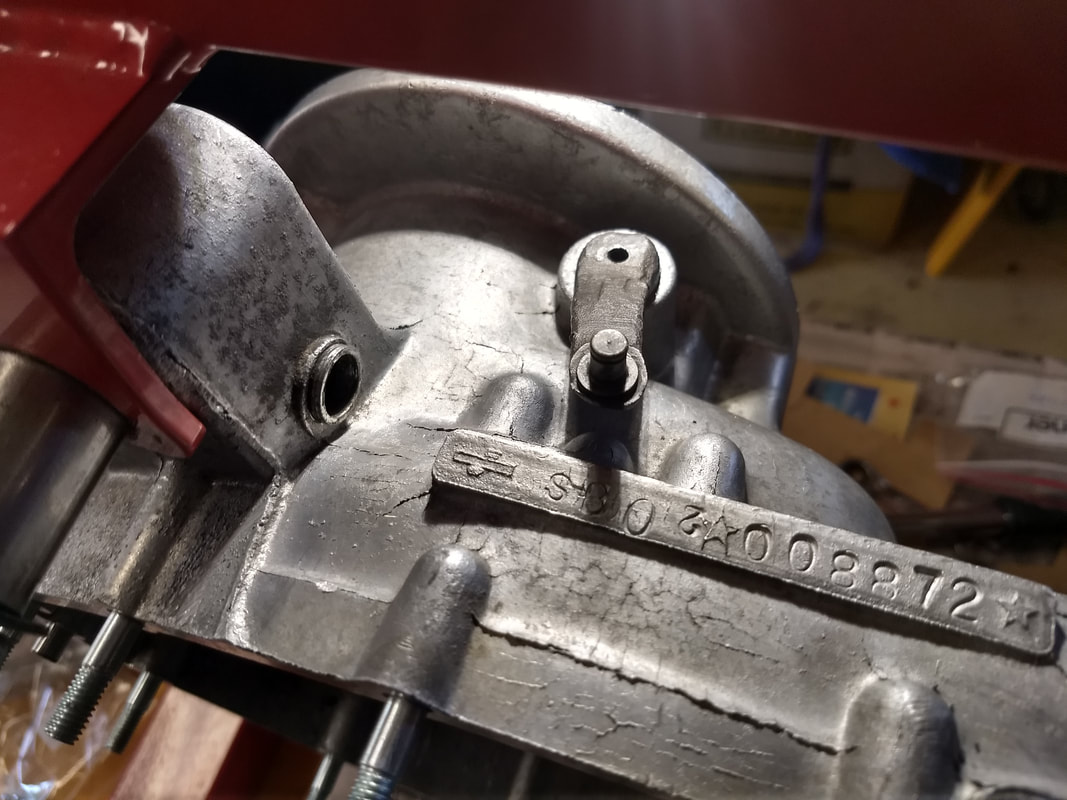
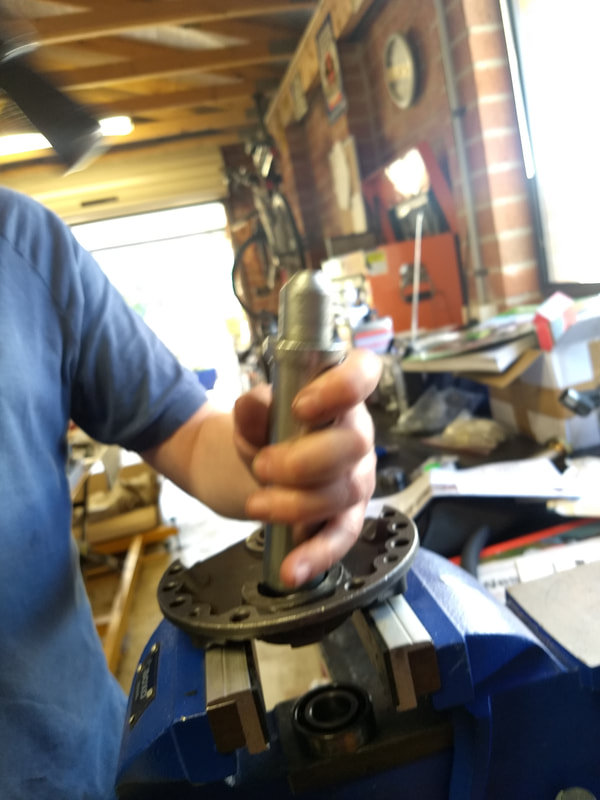
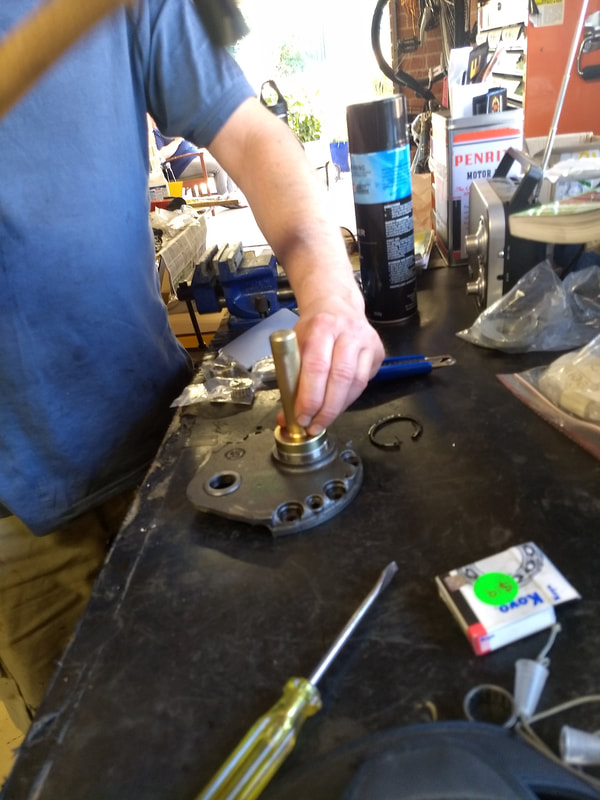
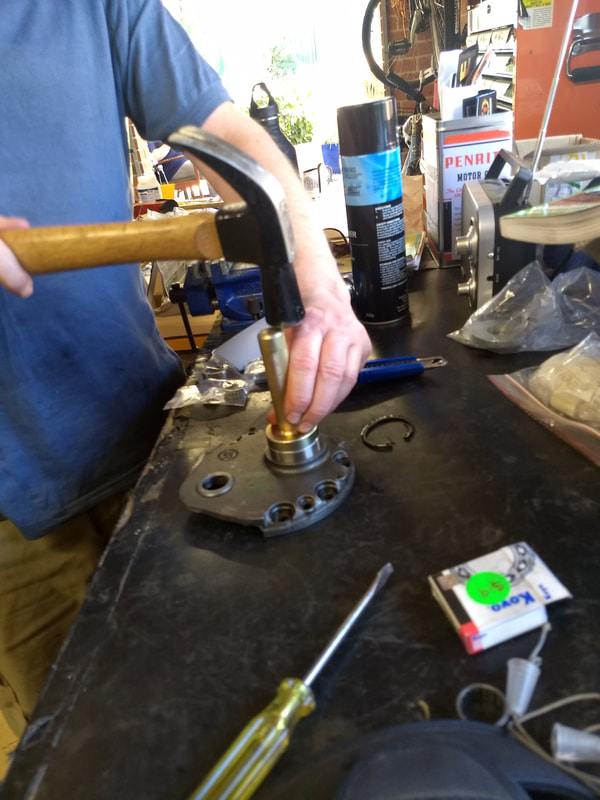
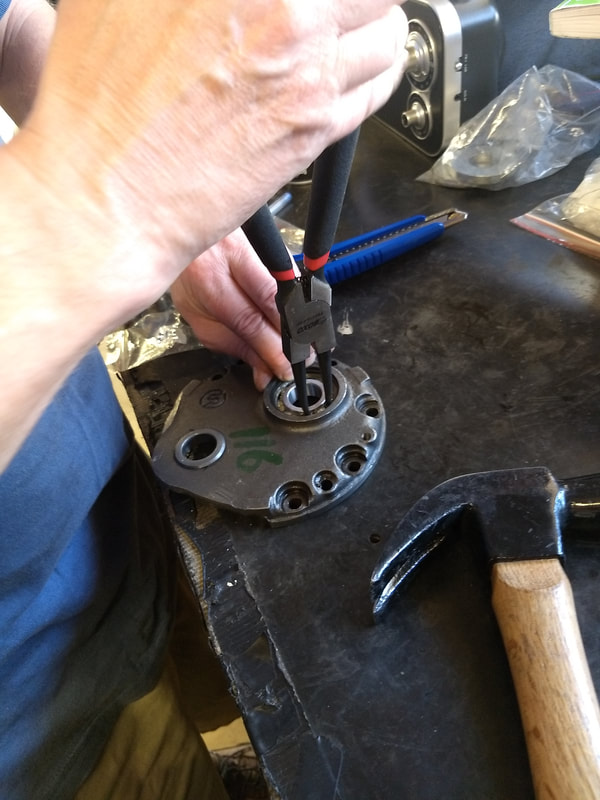
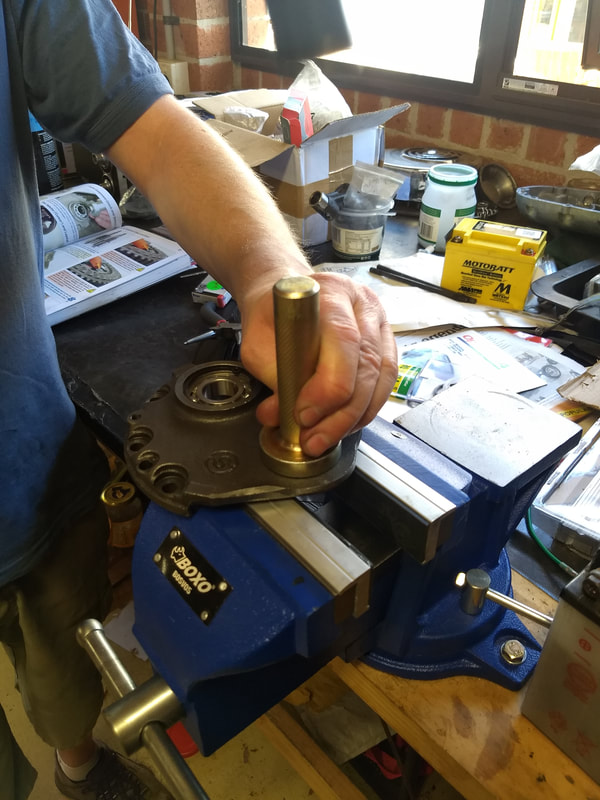
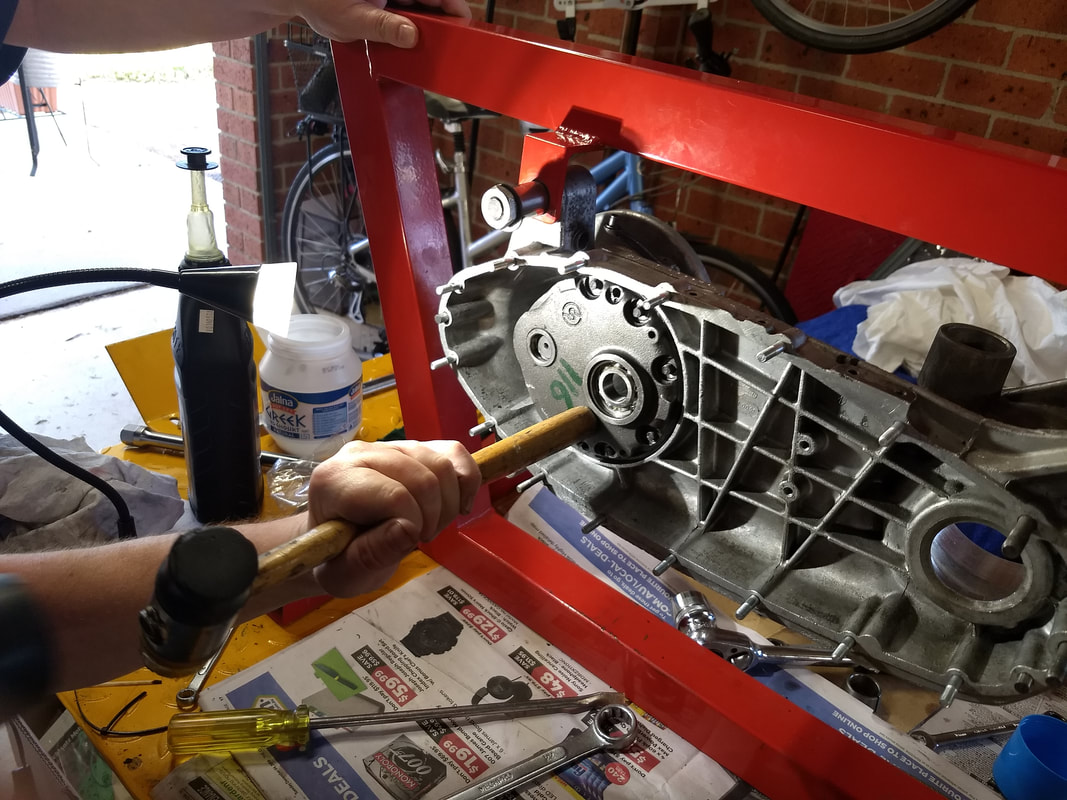
 RSS Feed
RSS Feed